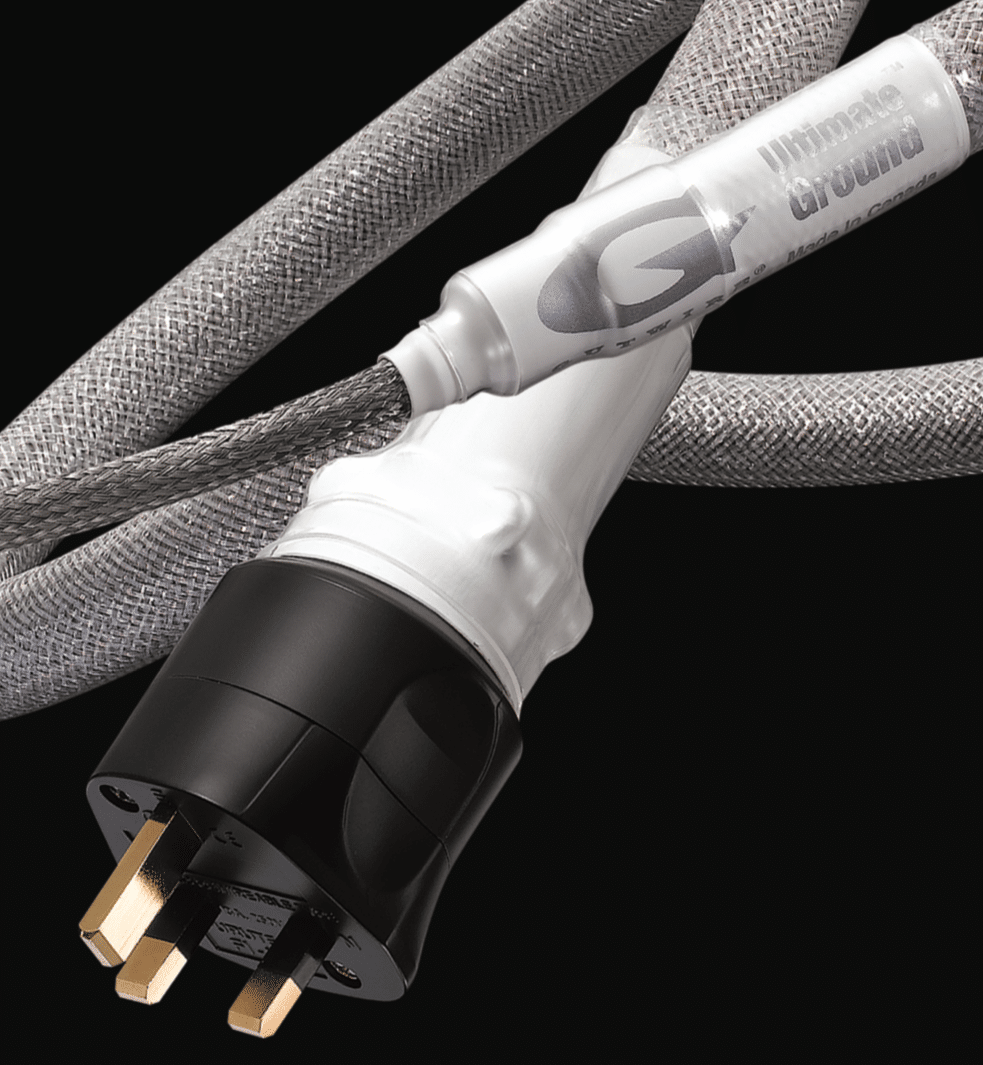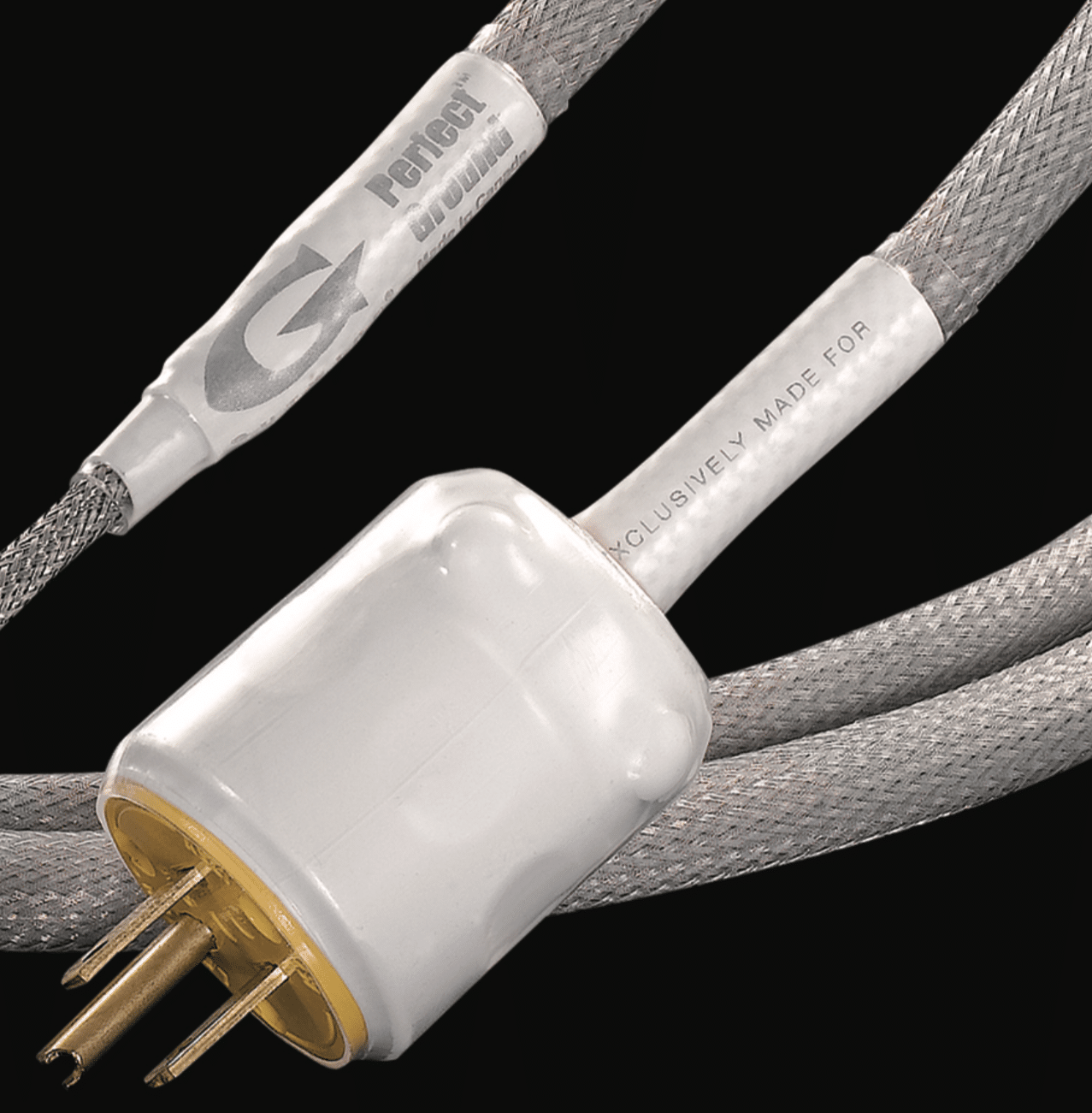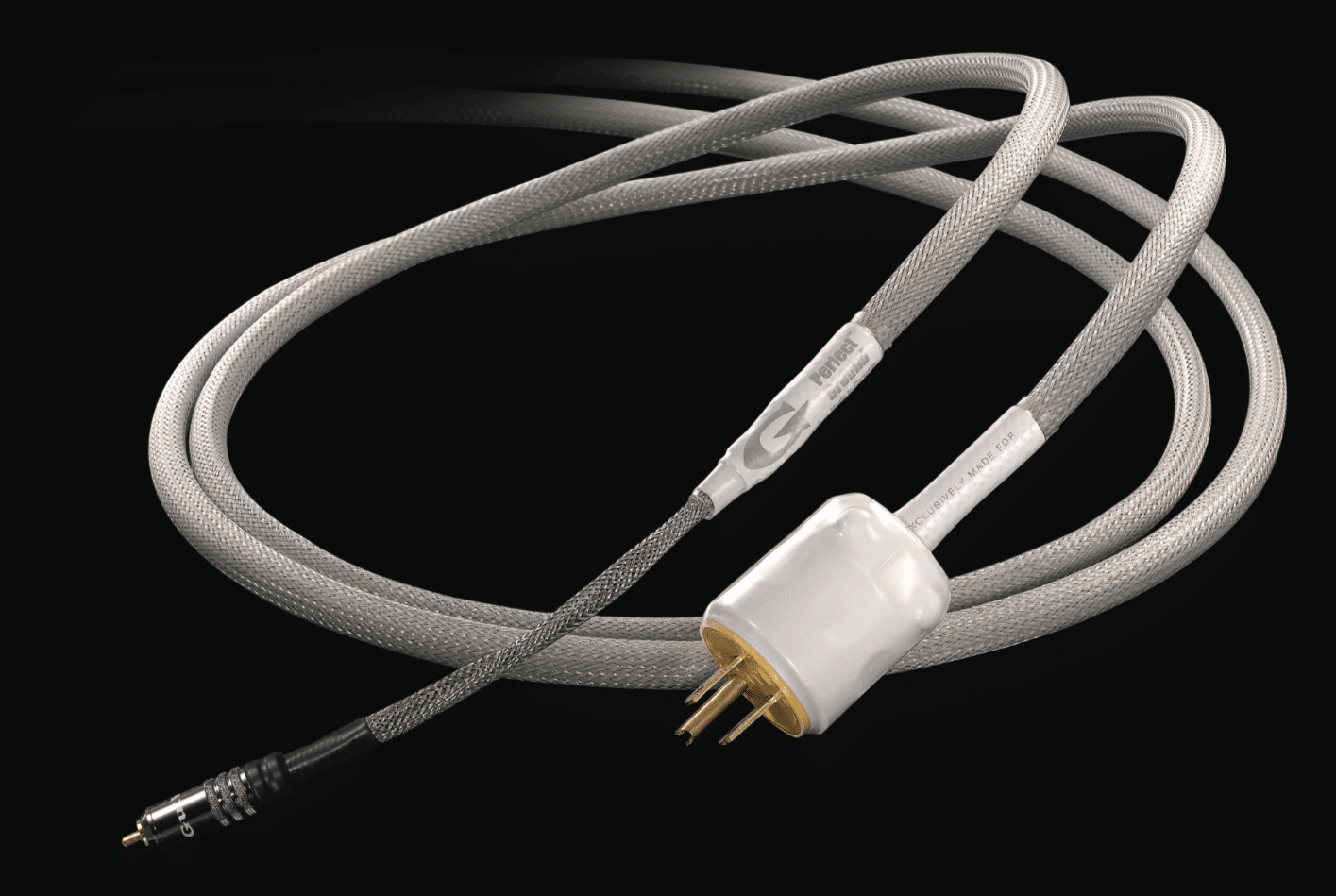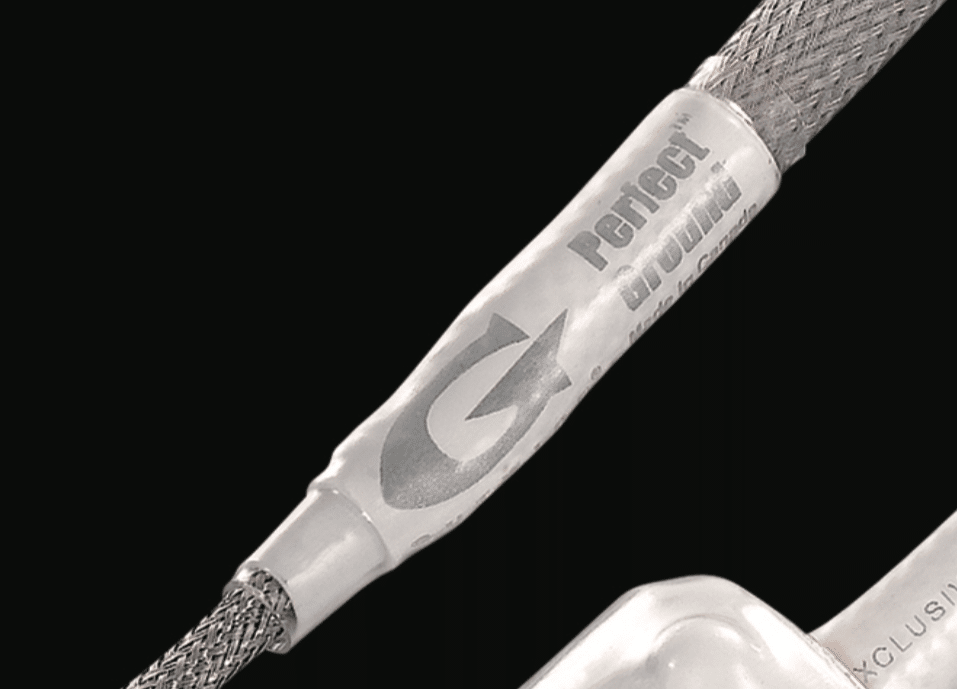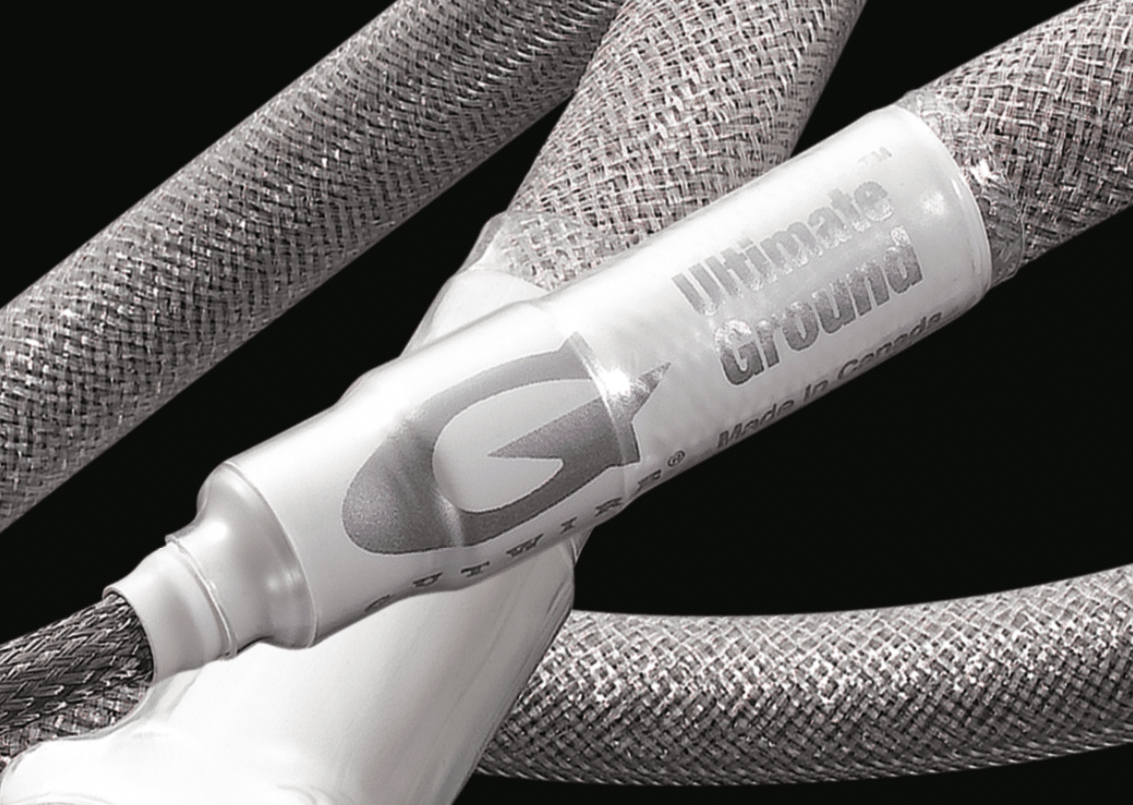The Article
Perfect & Ultimate Ground Cabling From Gutwire
8th March 2019
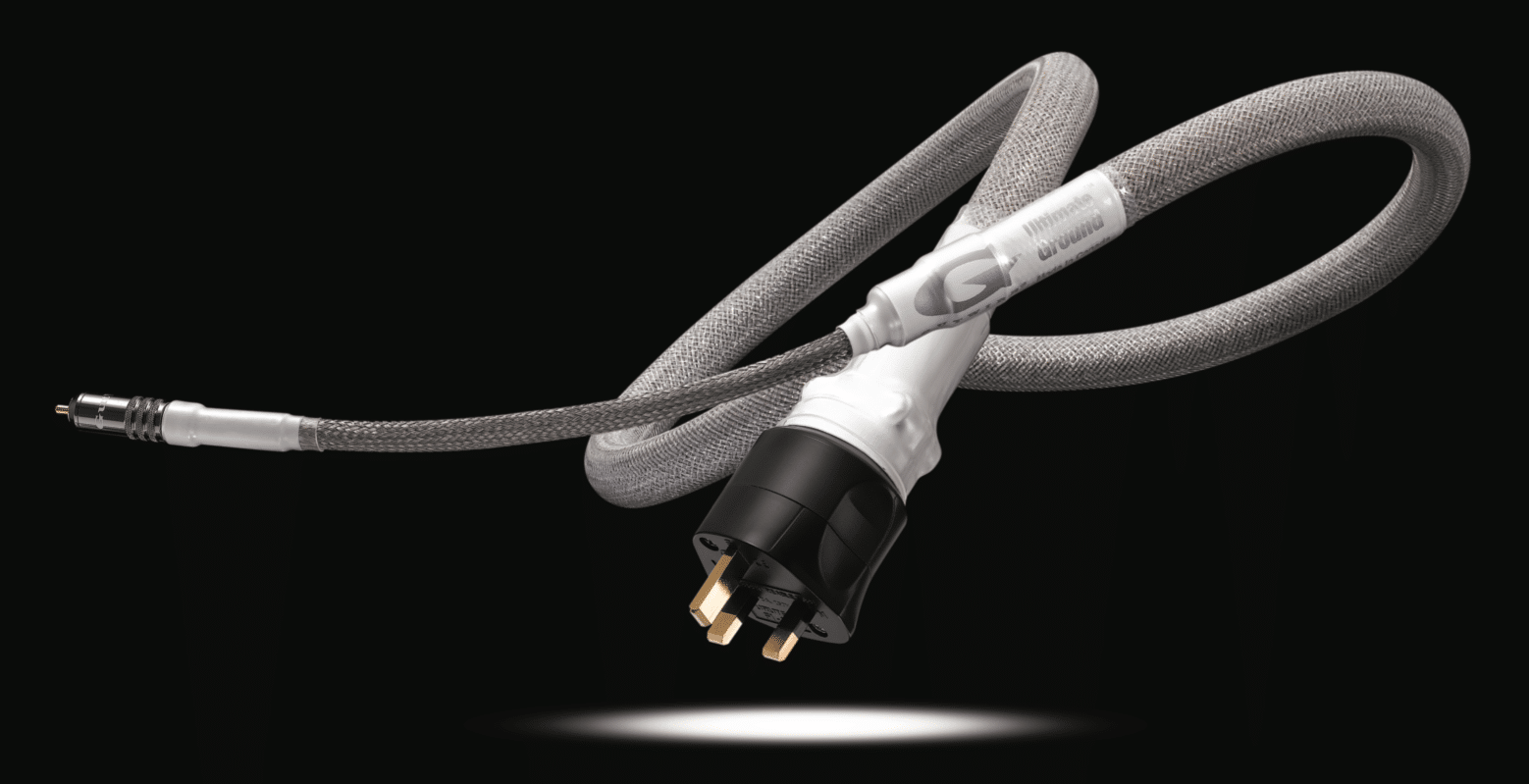
Looking to reduce noise and improve general sound quality, Paul Rigby tests two Ground cables from Gutwire: the Perfect and Ultimate
Noise comes from all over the place and swamps your hi-fi with some gusto. I’ve just reviewed a Furutech DeStat which removes static from your hi-fi, improving the sound quality to boot. Other noise comes from polluted mains supplies, Wi-Fi signals, mobile signals, vibration…it’s all over the place. Looking at scrubbing clean the Signal Ground is also a good idea. The latter, known as the “reference” was always thought to be a quiet, noise-free place. Recent tests have found that state not to be true at all.
Also, as Gutwire itself states, “Your components are grounded. Your AC wall outlet is grounded. Why aren’t your circuit boards? We’ve found that most audio circuit boards are not connected to an AC ground leading to less than optimal sonic results.”
The idea of these Gutwire cables is to do just that. You plug one end of the cable into a mains socket or a mains distribution block then you plug the other end into any spare, unused socket to allow the “boards” mentioned above with a direct path to ground. I’ve been given RCA terminations but Gutwire supplies a variety of options including XLR, spade, clip or coaxial.
Those sockets can be sitting in amplifiers, DACs, CD players…you name it. Any spare socket that you can find. There’s no current running through the cables. The idea is that the connections provide a sort of drain point for noise, improving sound quality as it does so.
I was given two flavours of Ground cable. The Perfect Ground cable is made from multi-strand high purity oxygen free copper. The Ultimate Ground uses a small number of solid core conductors made from a high purity of copper. There is more shielding and anti-resonance damping in the outer jacket too.
The wall plug can be either UK or Schuko and are filled with a natural mineral Binchō-tan which apparently provides resonance damping.
Some competitors utilise a chassis-based system but the Gutwire option takes up less footprint, is easier to manoeuvre around the rear of a hi-fi chain and can be manipulated in and around obstacles.
“Our Ground Cables will have an immediate effect in the system,” said the company, “however, like all audio cables their ultimate performance will be achieved after 25-50 hours of play time.”
I removed all other grounding accessories from my system, adjusted my ears to that and then plugged in the Gutwire products.
SOUND QUALITY
I began with vinyl and Public Image Ltd’s This is What you Want…This is What You Get LP (1984) and the track, Bad Life. I initially plugged the Perfect cable into a spare socket on my phono amplifier and heard immediate improvements in several areas. Firstly, the midrange band seemed to unfurl. A bit like an accordion stretching to reveal a pattern. In this case the initial synth line offered much more information while the ride cymbal now had a definite and significant presence. The bass guitar provided a stronger and solid rhythm while the nature of the stereo image changed. That is, it stopped wavering around by micro-degrees, fixed itself in a nailed-on fashion, dead centre and provided a better foundation for the music as a whole.
I tried the Perfect cable in pre-amp too. Specifically, Tape Out on the left channel and a right channel output. I noticed that the right channel had the edge in terms of effectiveness although there were improvements from both sockets. Hence, experimentation is worthwhile and different components and component combinations will feature different changes. On my system, the phono amplifier provided the main area for sonic enhancement. The pre-amp would have been a useful additional supplementary for a second Gutwire cable, I reckon.
I then tried plugging the cable into the CD player and a Bing Crosby CD and Let A Smile be Your Umbrella on the album Bing With a Beat (Bluebird). Again, a host of new information popped out of the soundstage. The latter, incidentally, appeared to be newly focused, especially at the edges. First up was the early percussive strike far left and right on the soundstage. Both of these strikes offered reverb. Frankly, I’d never noticed reverb here before so that was a rather startling. Secondly, the piano, dead centre was now fully part of the mix instead of lurking, by some distance, behind the Crosby vocal. Finally, the brass section has a richer, slightly bassier and more mature presentation.
I thought I’d stick with the CD and plugged the Ultimate cable into the same CD player. The overall result was intriguing. In short, the Ultimate cable turned on the ‘hi res’ button because there was a real increase in detail here. For example, the start of this track included a snazzy bit of percussive talent as the drummer hit just about every drum in his kit alongside, it seemed, most objects in the studio. This individual hits had a comforting tonal balance to them with each hit supplying greater amounts of information providing a rich atmosphere to the overall arrangement. Meanwhile the Crosby vocal became positively sumptuous with the great man’s baritone textures fairly oozing forth. The lowering noise enabling subtle effects like micro breaths and slight vocal emphasis to be better picked up by the ear.
I then plugged both the Perfect and Ultimate cables into my system. Returning to PiL and their more dynamic track, the soundstage offered a focus that fixed the group, enhancing the space and air between each instrument and the vocal. With both cables in place, the beneficial effects were cumulative. Bass guitar now had a real weight to each plucked guitar string as did the percussion. Although micro-reverb tails could still be heard from each drum strike. In fact, the contrast in the mix between those elements with reverb tails and the rest which sat in a rather dark and dry space was more marked now.
CONCLUSION
The appearance of new information I reported above was not, in fact, ‘new’. It’s there. It’s always there. Noise masks it, though, so your ear never actually picks up the subtle aspects of the performance. It’s too busy trying to cope with the rubbish. All that the Gutwire cables are doing is pushing the noise to one side and allowing the information to come through. As such, the final sonic effects are impressive indeed with improvements occurring all over the soundstage. Both of these cables are highly effective in getting you closer to the sonic truth.
GUTWIRE PERFECT & ULTIMATE GROUND CABLES
Prices:
Perfect Ground cable – 6ft (1.83m) – UK or Schuko plug £349
Extra length – £30 per foot
Ultimate Ground – 6 ft (1.83m) – Furutech Gold UK plug £649
Ultimate Ground – 6ft (1.83m) – Wattgate Schuko plug £600
Extra length – £40 per foot
XLR, spade, coaxial or clip to order. Expect a small additional charge for XLR as a Furutech connector is used.
Web: www.audioconsultants.co.uk
Tel: 0118 981 9891
GOOD: low footprint, easy to use, detail, low noise, clarity
BAD: nothing
RATING (for both): 8
[Don’t forget to check out my Facebook Group, The Audiophile Man: Hi-Fi & Music here: www.facebook.com/groups/theaudiophileman for exclusive postings, exclusive editorial and more!]
REFERENCE
Origin Live Sovereign turntable
Origin Live Enterprise 12″ arm
Van Den Hul Crimson XGW Stradivarius Cartridge
Soundsmith Paua Mk.II cartridge
Icon PS3 phono amplifier
Aesthetix Calypso pre-amp
Icon Audio MB845 Mk.II monoblock amplifiers
Quad ESL-57 speakers with One Thing upgrade
Tellurium Q Silver Diamond cables
Blue Horizon Professional Rack System
Harmonic Resolution Systems Noise Reduction Components
All vinyl was cleaned using an Audio Desk’s Ultrasonic Pro Vinyl Cleaner

